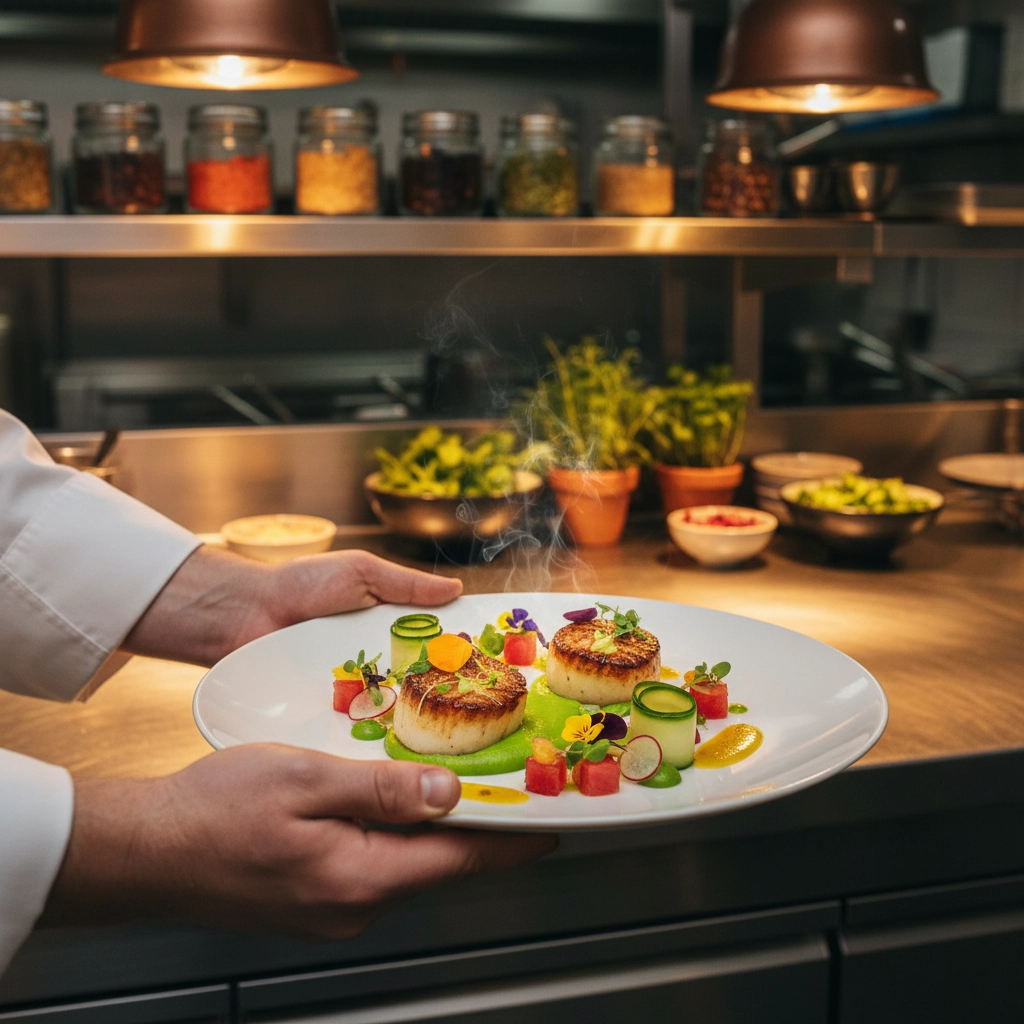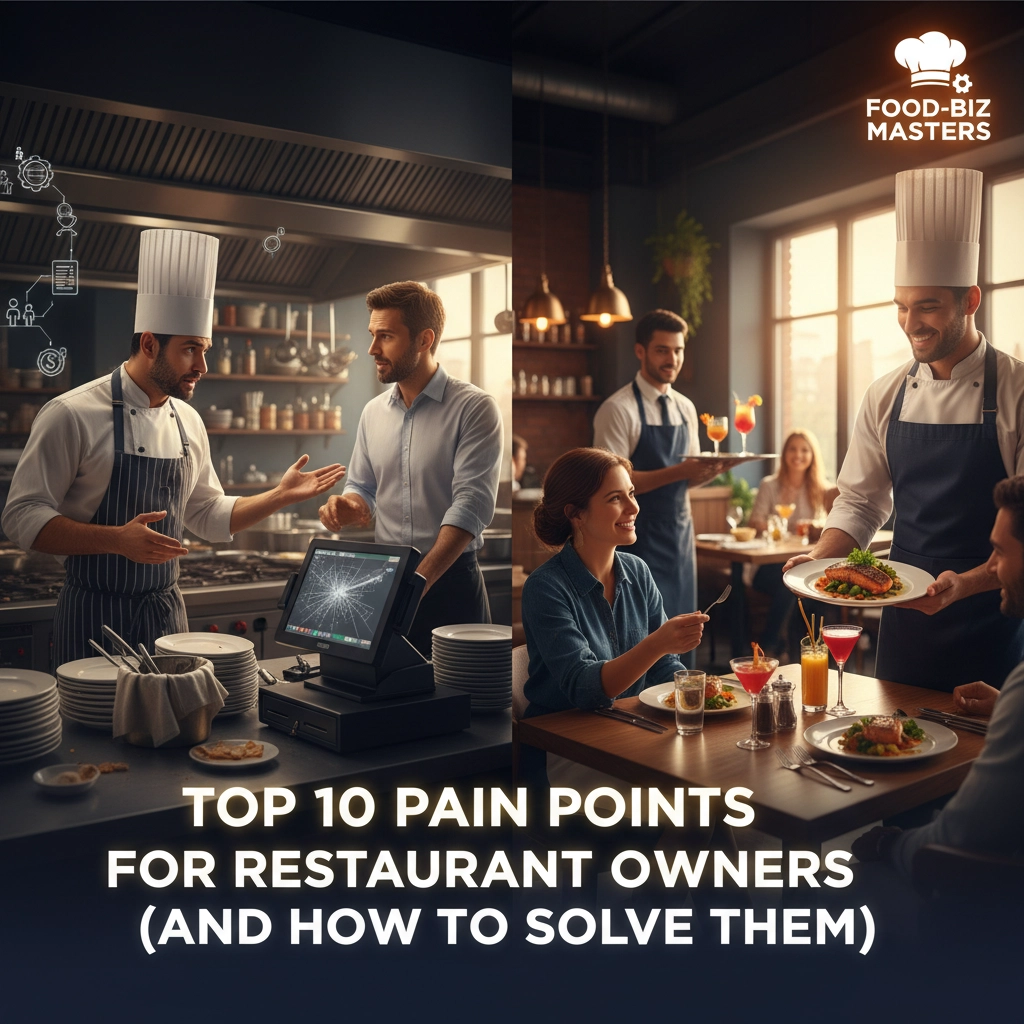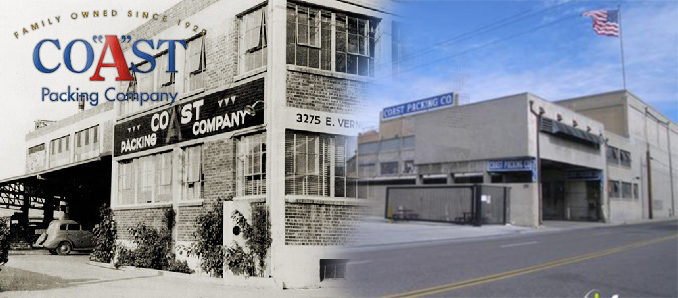Running a restaurant is one of the toughest businesses out there. With razor-thin profit margins, sky-high operational costs, and constant pressure to deliver exceptional experiences, it's no wonder that restaurant owner challenges seem to multiply faster than orders during a dinner rush. The statistics are sobering: nearly 17% of restaurants close within their first year, and 80% don't make it past five years.
But here's the thing – most restaurant failures aren't due to bad food or poor locations. They're the result of common, predictable pain points that savvy operators can anticipate and solve. Whether you're a seasoned restaurateur or just starting out, understanding these critical challenges and having actionable solutions can mean the difference between thriving and just surviving.
1. Labor Shortages and High Staff Turnover
The restaurant industry faces one of the highest turnover rates across all sectors, with some establishments experiencing annual turnover rates exceeding 100%. Finding quality staff is harder than ever, and keeping them is even more challenging. When you're constantly training new employees, service quality suffers, and operational costs skyrocket.
The Real Impact: Every time you lose a trained server or cook, you're not just losing an employee – you're losing weeks of training investment, institutional knowledge, and consistency in guest experience.
Solutions That Work:
- Offer competitive wages above minimum wage, even if it means adjusting menu prices
- Create clear career advancement paths with specific milestones and timelines
- Implement flexible scheduling systems that respect work-life balance
- Develop a strong onboarding program that makes new hires feel valued from day one
- Use technology like QR code menus and kitchen display systems to reduce labor dependency

2. Rising Food Costs and Supply Chain Issues
Food costs have been climbing steadily, with some ingredients experiencing 20-30% price increases year-over-year. Supply chain disruptions mean inconsistent availability and pricing, making menu planning and cost control a moving target.
The Real Impact: When food costs rise faster than menu prices, profit margins evaporate. A 2% increase in food costs can eliminate 50% of your profit margin if not managed properly.
Solutions That Work:
- Diversify your supplier base to avoid single-source dependencies
- Build relationships with local farmers and producers for more stable pricing
- Implement portion control systems and regular yield testing
- Use menu engineering to highlight high-margin items
- Consider seasonal menu changes to take advantage of ingredient availability
3. Poor Financial Management and Cash Flow
Many restaurant owners are great at hospitality but struggle with the financial side of the business. Poor financial management leads to cash flow problems, which can kill an otherwise successful restaurant.
The Real Impact: Without proper financial controls, you might be busy but broke. Cash flow issues force difficult decisions about paying suppliers, staff, or rent.
Solutions That Work:
- Implement restaurant-specific accounting software that tracks key metrics in real-time
- Monitor weekly P&L statements, not just monthly ones
- Maintain a cash reserve equal to 2-3 months of operating expenses
- Work with a restaurant-experienced accountant for tax planning and financial strategy
- Track key performance indicators like food cost percentage, labor percentage, and average ticket size
4. Customer Acquisition and Retention Challenges
In today's competitive landscape, attracting new customers while keeping existing ones happy requires constant attention. Negative reviews can spread quickly, and customer expectations continue to rise.
The Real Impact: Acquiring a new customer costs 5-25 times more than retaining an existing one. Poor customer satisfaction directly impacts revenue and reputation.
Solutions That Work:
- Develop a comprehensive staff training program focused on hospitality excellence
- Create service recovery protocols that empower staff to resolve issues immediately
- Implement a customer loyalty program that rewards repeat visits
- Monitor online reviews across all platforms and respond professionally to feedback
- Use customer feedback surveys to identify improvement opportunities

5. Third-Party Delivery Platform Fees
While delivery platforms provide access to customers, their commission fees (typically 15-30% per order) can destroy profit margins, especially on lower-ticket items.
The Real Impact: On a $25 order with 25% commission fees, you're paying $6.25 before considering food costs and labor. This often leaves little to no profit.
Solutions That Work:
- Develop your own online ordering system to bypass commission fees
- Create delivery-specific menu items with higher margins
- Offer incentives for customers to order directly through your website
- Negotiate better rates based on order volume with existing platforms
- Consider hybrid approaches that balance convenience with profitability
6. Marketing and Brand Awareness Struggles
Many restaurant owners excel at operations but struggle with marketing. Limited marketing budgets and expertise make it difficult to compete with larger chains that have dedicated marketing teams.
The Real Impact: Without effective marketing, even great restaurants can remain hidden gems that struggle to fill seats during slow periods.
Solutions That Work:
- Focus on social media platforms where your target customers spend time
- Partner with local influencers and food bloggers for authentic reviews
- Implement email marketing for special offers and event announcements
- Create Instagram-worthy dishes and dining experiences that encourage social sharing
- Engage with your local community through events and sponsorships
7. Regulatory Compliance and Health Inspections
Navigating health department regulations, labor laws, and licensing requirements can be overwhelming. Compliance failures can result in fines, closures, or legal issues.
The Real Impact: A failed health inspection can force temporary closure, damage reputation, and result in thousands of dollars in lost revenue and fines.
Solutions That Work:
- Implement digital checklists and logs for all compliance activities
- Schedule regular internal audits to identify issues before inspections
- Invest in ongoing staff training for food safety and labor law compliance
- Stay updated on regulatory changes through industry associations
- Maintain organized records and documentation systems
8. Menu Optimization and Food Quality Consistency
Balancing menu variety with operational efficiency while maintaining consistent quality across all items is an ongoing challenge. Too many options can overwhelm customers and kitchen staff.
The Real Impact: Overly complex menus lead to longer ticket times, increased waste, inconsistent quality, and confused customers who may leave without ordering.
Solutions That Work:
- Conduct menu engineering analysis to identify high-profit, high-popularity items
- Limit menu offerings to items you can execute consistently well
- Implement standardized recipes and portion control systems
- Train kitchen staff on proper cooking techniques and plating standards
- Regularly review menu performance and eliminate underperforming items

9. Technology Integration and Point-of-Sale Issues
Modern restaurants need integrated technology systems for ordering, payments, inventory, and customer management. However, implementing and maintaining these systems can be complex and expensive.
The Real Impact: Outdated or disconnected systems create operational inefficiencies, reporting gaps, and poor customer experiences that can cost thousands in lost revenue.
Solutions That Work:
- Choose integrated restaurant management systems that connect POS, inventory, and accounting
- Invest in staff training for new technology adoption
- Implement cloud-based systems for real-time access to business data
- Use data analytics to make informed decisions about menu, staffing, and marketing
- Plan technology upgrades during slower periods to minimize disruption
10. Adapting to Market Trends and Competition
The restaurant industry evolves rapidly, with new concepts, dietary trends, and consumer preferences emerging constantly. Failure to adapt can make restaurants seem outdated or irrelevant.
The Real Impact: Restaurants that don't evolve with changing customer preferences risk losing market share to more adaptable competitors.
Solutions That Work:
- Conduct regular competitive analysis to understand market positioning
- Survey customers about preferences and satisfaction levels
- Stay connected with industry publications and professional networks
- Test new menu items or concepts in limited ways before full implementation
- Diversify revenue streams through catering, meal kits, or retail products
Taking Action on Restaurant Pain Points
Successfully addressing these restaurant owner challenges requires a systematic approach. Start by identifying your two biggest pain points and creating specific action plans with measurable goals and timelines. Focus on solutions that provide the highest impact with available resources, and don't try to tackle everything at once.
Remember, every successful restaurant has faced these challenges. The difference lies in recognizing them early and implementing proven solutions before they become critical problems. By staying proactive and keeping these strategies in your back pocket, you'll be better positioned to build a profitable, sustainable restaurant business.
For more insights on restaurant success strategies and creative staffing solutions, explore our comprehensive resources designed specifically for food and beverage industry professionals.
Written by Michael Politz, Author of Guide to Restaurant Success: The Proven Process for Starting Any Restaurant Business From Scratch to Success (ISBN: 978-1-119-66896-1), Founder of Food & Beverage Magazine, the leading online magazine and resource in the industry. Designer of the Bluetooth logo and recognized in Entrepreneur Magazine's "Top 40 Under 40" for founding American Wholesale Floral. Politz is also the founder of the Proof Awards and the CPG Awards and a partner in numerous consumer brands across the food and beverage sector.







